Samsung is considering announcing not one but two smartphones with bendable OLED screens as soon as early 2017, which could potentially be more radical designs than what's rumored for Apple's own OLED phones that year, a report said on Tuesday.
One of the two Samsung phones may fold in half, sources told Bloomberg. The second may have a 5-inch screen in normal use, but expand to a tablet-sized 8 inches.
Samsung's effort is codenamed "Project Valley," and one or both of the phones could be shown off at Mobile World Congress in February, one of the sources said. In any case, the company is not expected to launch the new phones under its flagship Galaxy S brand.
The Korean firm has a distinct advantage in the OLED space, as it's the world's biggest supplier of OLED panels, and has already shipped products with curved OLED screens, namely the Galaxy S6 Edge and S7 Edge. It has yet to ship a product with a bendable screen, although the company has previously teased the idea in concepts.
Reports have suggested that Samsung will be supplying OLED panels to Apple for 2017 iPhone models. Apple is expected to use a flexible, possibly edge-to-edge display technology, but not anything that would allow devices to bend or change size.
 Roger Fingas
Roger Fingas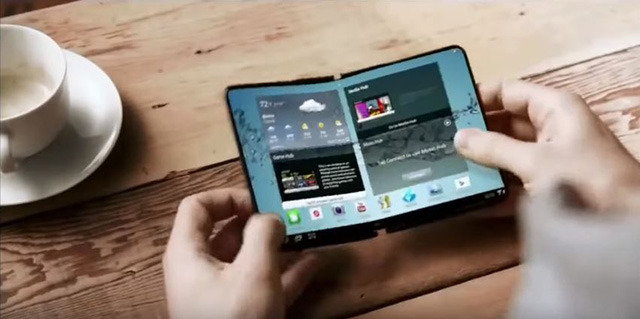

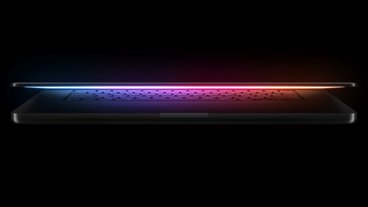


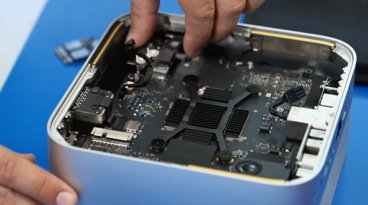



 Oliver Haslam
Oliver Haslam
 William Gallagher
William Gallagher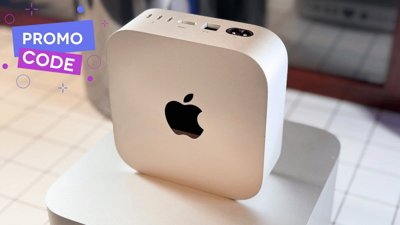
 Christine McKee
Christine McKee
 Sponsored Content
Sponsored Content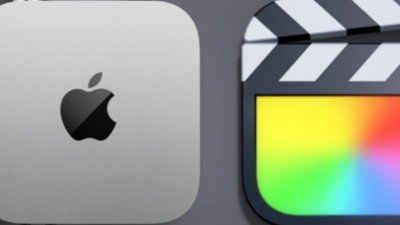

 Malcolm Owen
Malcolm Owen
 Andrew Orr
Andrew Orr
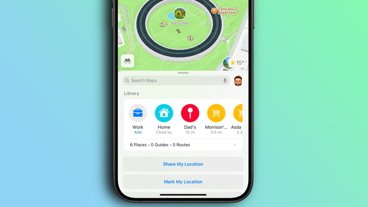
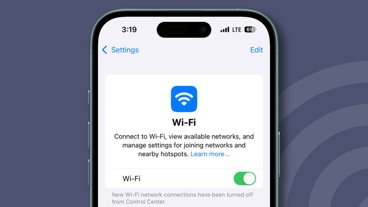






66 Comments
So Samsung just released a .... wait for it .... CONCEPT VIDEO!
WOW! Where do I sign up for it?
Bendable displays will be useful, as they allow more interaction space. I think I'll wait for generation 2 however from a company other than Samsung.
The big question is...
How many bends ddoes it take for the bit that bends to work harden and crack/split/just stop working
Will bring a whole new chapter to bendgate if they get it wrong.
Who would care to advise... I can understand a curved screen in a static design, where the shape is fixed. When any material with thickness is bent however, the geometry at the bend site changes (smaller inner radius, larger outer radius). How then do the pixels of the screen cope with the changing radii, by changing shape? Also, are researchers confident that the substrate always stays within the plastic limit of the material being bent, thus preventing failure? Even the masters of bending plastic latches, Tupperware, gets that wrong (or perhaps right... by design).
Seems like Samsung has been working on this tech for a good while now.
Maybe its finally ripe enough for a complete fold without the glass. We've all seen their curved OLED displays for a few years now, but they all had glass.
From January 9, 2011:
https://www.youtube.com/watch?v=HU2nG9qy6vs